R&D
Research and development
During finding own procedure to create sound sculptures all makers come across new findings and develops his own style.
But certainly there are so many common things that happens all the time, that it is really worth sharing to just save time, earth resources and make this place nicer and peaceful to live. So possibly this will be place that will be dedicated to sharing infos that possibly will be useful for others, not just makers.
Every beginning is tough when one enter to unknown area and there is so many trials and errors. This is only way how to go further and evolve.
Hunting shoulder tones
Once tuner will find his way to tune steel surface, meaning that he know how to manipulate with basic three partials: fundamental, octave and fifth, on ding shoulder there are more frequencies to find. There not more than next vibration modes of ding.
In next you can see basic vibration modes:
Fundamental:
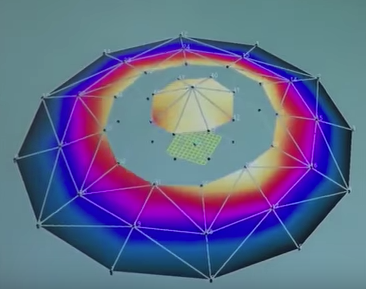
Octave:
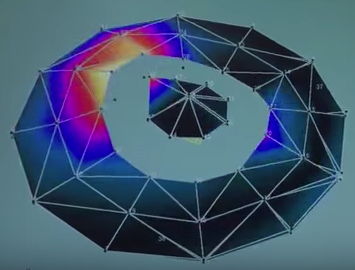
Fifth:
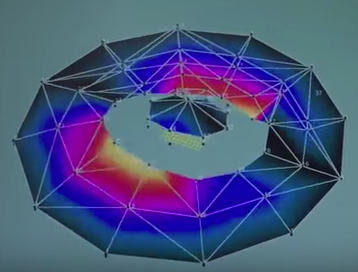
Shoulder tone:
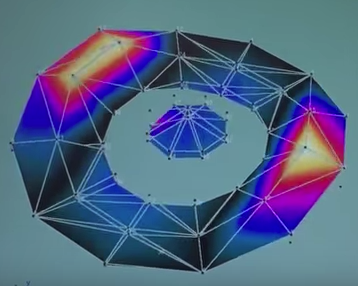
Second octave of fundamental:
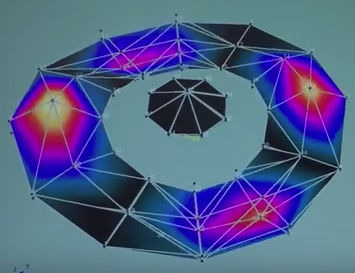
Our conclusion from these measurements is that by symmetric manipulation tuner can reach point where second octave will automatically be in tune, when first 3 partials are in tune.
Most hunted shoulder tone is more-less defined by shape, or ovality of tone. More oval, higher tone it will generate.
Full video of ding movement can be found on Mishte youtube channel.
Dumping of unwanted frequencies
There are many things that influences final sound of instrument, but definitely it is about finding really good balance in every aspect.
Good balance can mostly influenced by these factors:
- Geometry of shell – diameter of curvature, edged right close to rim, but mostly it is about internal chamber frequency. More about this part can be found on Saraz pages that focuses on resonance of chamber
- Material itself can produce resonances, that in final product can be wanted or unwanted
- Rotation and positions of notes – this is most crucial issue and from case to case it can vary. Best hint is to leave enough space in interstitials, shape them properly ( stretch them ) and this way block unwanted interactions.
Anyway, if issue occurs, one of fix is to place acoustic foam under problematic tone or try to find place for it by wandering with foam inside of instrument and then glue it on most noticeable and proper place. If mentioned foam is not on place from any reason, please try to contact maker about possible solution.
More to come, stay tuned!